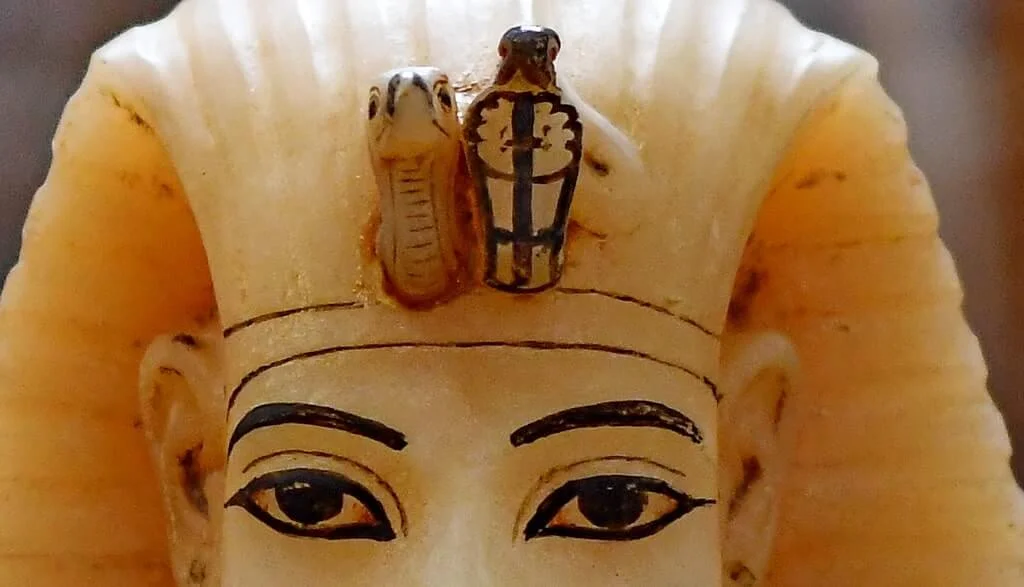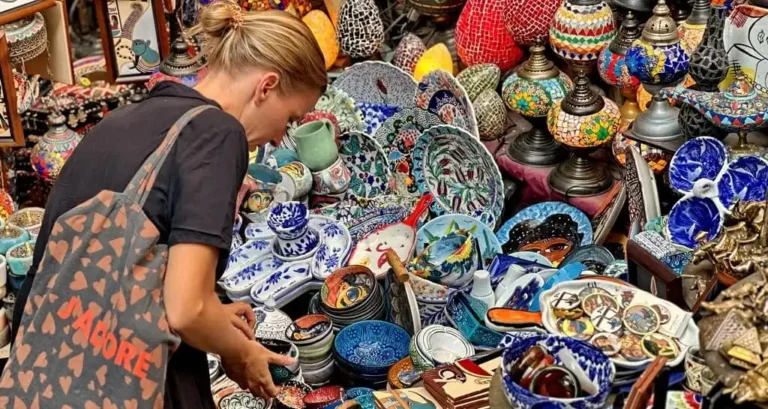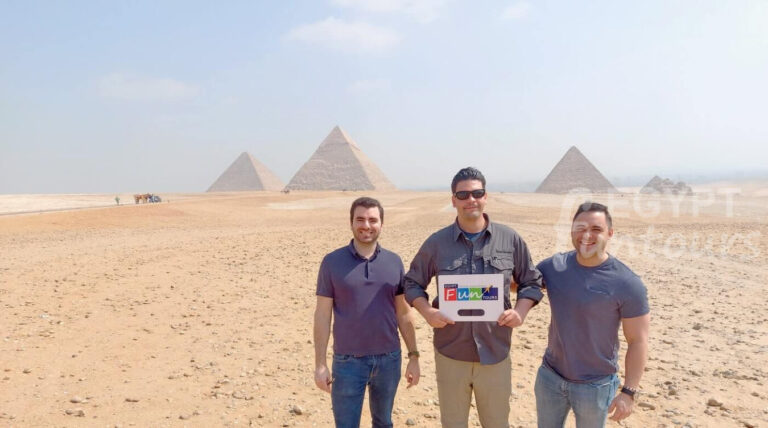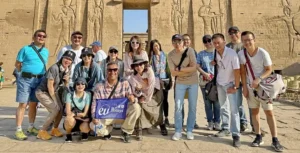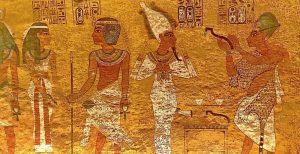The Vulture in Ancient Egypt
The vulture in ancient Egypt, particularly the Egyptian vulture (Neophron percnopterus), held a significant place in ancient Egyptian culture, mythology, and iconography. This report explores the diverse roles and symbolic meanings attributed to vultures in ancient Egypt.


